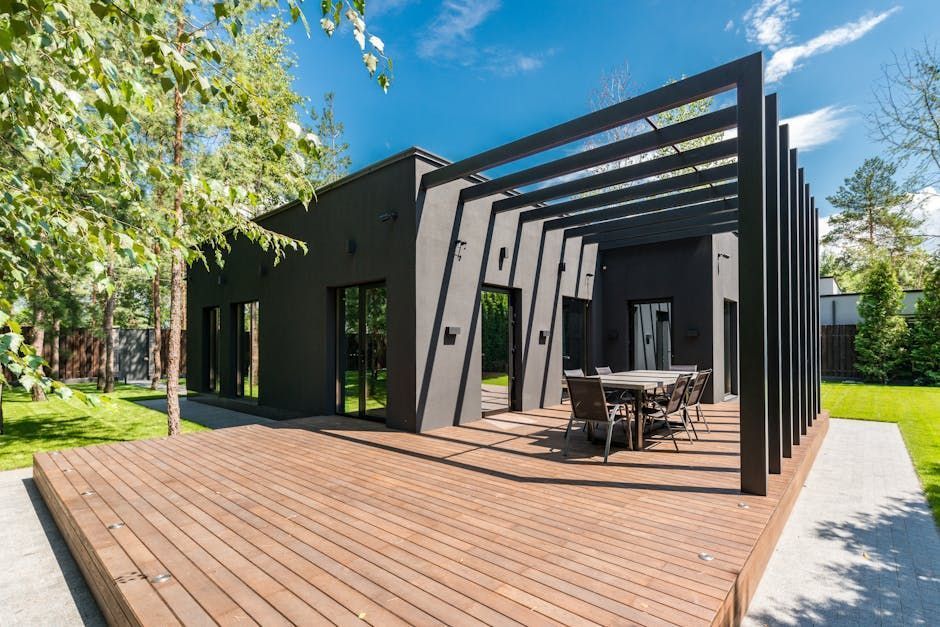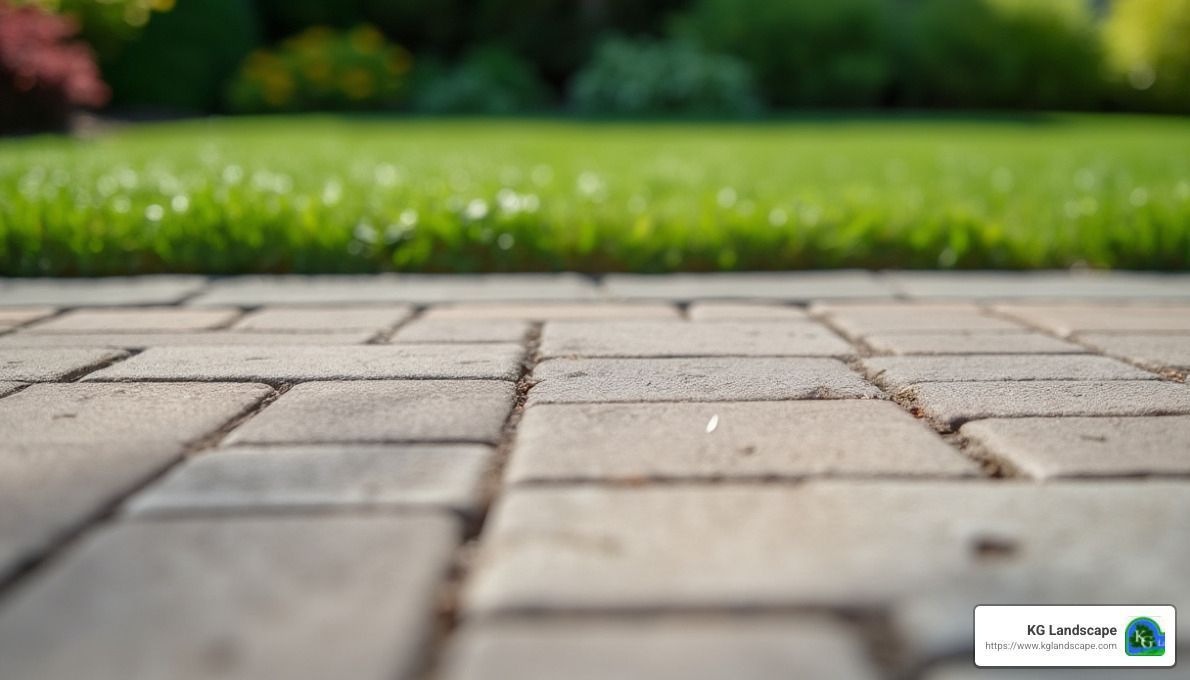How Often Should You Fertilize Your Lawn?
Do you find yourself wondering how often you should
fertilize your lawn? You're not alone. This common gardening dilemma stumps even the most experienced green thumbs. In this article, we'll unravel the mystery behind optimal lawn feeding intervals and show you how to promote healthier, greener grass. Ready for a lusher lawn? Let's dig in!
Key Takeaways
- Lawn fertilization is essential for promoting healthy growth, improving color and appearance, and enhancing the resistance of your grass to pests and diseases.
- The frequency of fertilizing your lawn depends on factors such as grass type, climate, and soil quality. Cool-season grasses should be fertilized in early spring and late spring, while warm-season grasses benefit from fertilizer applications in late spring or early summer.
- Following general guidelines for cool-season and warm-season grasses can help determine the best time to fertilize your lawn. However, individual factors may require slight adjustments to these guidelines.
- Additional tips for effective lawn fertilization include following recommended dosage instructions, using slow-release fertilizers for longer-lasting nourishment, watering after fertilization to activate the fertilizer properly, avoiding immediate mowing after application, regularly aerating the lawn for better nutrient absorption, and performing a soil test before fertilizing to identify specific needs.
The Importance Of Lawn Fertilization
Lawn fertilization is crucial as it promotes healthy growth, improves color and appearance, and enhances the resistance of your grass to pests and diseases.
Promotes Healthy Growth
Fertilizing your lawn on a regular basis is an essential step in promoting healthy growth. This practice feeds the grass with necessary nutrients, supplementing what it pulls from the soil for optimal health and beauty.
Thanks to these added supplements, you'll find that fertilization strengthens the root development of your grass, allowing it to absorb more water and become more pest- and disease-resistant over time.
It's not solely about maintaining lush aesthetics either; robust nutrition for your lawn ensures an increase in water retention by up to 100%, contributing positively towards environment conservation as well.
With appropriate nutrient supplementation through fertilization, you ensure that every strand has what it needs to flourish into a resilient part of your beautiful garden landscape.
Improves Color And Appearance
Healthy, vibrant lawns don't just appear overnight. It requires a steady regimen of proper soil nutrition and maintenance practices. A lush green lawn significantly enhances the aesthetics of your home, providing a uniform and attractive landscape.
Fertilization is pivotal to achieving this appealing visual effect as it imbues the grass with necessary nutrients, making it have a more consistent color and texture throughout. More than just eye-catching beauty, a well-fertilized lawn also conveys how well you care for your property.
Over time, regular fertilizer application improves the turf's overall health and resilience against environmental stresses, resulting in continuous dense, medium- to dark-green grass that visually pleases while simultaneously offering pest control benefits.
Enhances Resistance To Pests And Diseases
Fertilizing your lawn is a crucial maintenance step that bolsters its resilience against numerous challenges. This key practice significantly enhances resistance to pests and diseases, ensuring the health and sustainability of your grass. A well-nourished lawn not only presents an enviable lush green aesthetic but also serves as an effective barrier against harmful insects, weed encroachment, and virulent plant pathogens. Additionally, a hardy turf exhibits increased wear tolerance - holding up under high foot traffic without significant damage - while demonstrating superior drought tolerance born from vigorous root systems capable of efficiently sourcing water during dry spells.
As such, regular fertilization ensures robust grass health while simultaneously improving environmental stress endurance for weather resilience. Hence, through strategic application of quality fertilizer at recommended intervals, homeowners can cultivate tough lawns adeptly equipped to handle varying conditions with minimal need for intrusive pest control or disease management interventions.
Lawn Fertilization Frequency
Consider the grass type, climate, and soil quality when determining how often to fertilize your lawn.
Factors To Consider (grass Type, Climate, Soil Quality)
Determining how often to fertilize your lawn depends on several important factors, including the type of grass you have, the climate in your region, and the quality of your soil. Different types of grass have varying nutritional needs, so it's crucial to understand what specific requirements your turf has to ensure optimal growth and health.
Additionally, climate plays a role in determining how frequently you should fertilize since certain regions may experience different weather patterns that impact nutrient uptake. Lastly, evaluating the quality of your soil can help identify any imbalances or deficiencies that may require more frequent fertilization.
By considering these factors together, you can determine the best frequency for feeding your lawn and keeping it looking its best throughout the year.
General Guidelines For Cool-season And Warm-season Grasses
Cool-season and warm-season grasses have different growth patterns and nutrient requirements, so it's important to follow general guidelines when fertilizing your lawn. For cool-season grasses like Kentucky bluegrass or fescue, the best time to fertilize is in early spring and again in late spring.
These periods coincide with the grass's active growth phases. Applying a slow-release fertilizer during these times will provide the necessary nutrients for healthy development.
On the other hand, warm-season grasses like Bermuda grass or Zoysia tend to grow most actively during the summer months. For these types of lawns, it's recommended to apply fertilizer in late spring or early summer when they enter their peak growing season.
This will help promote lush green color and maintain overall health throughout the warmer months.

Best Time To Fertilize Your Lawn
The best time to fertilize your lawn depends on the type of grass you have, with cool-season grasses benefiting from spring and fall applications, while warm-season grasses should be fertilized in late spring and early summer.
Spring And Fall Applications For Cool-season Grasses
Cool-season grasses, such as Kentucky bluegrass and tall fescue, have their primary growing period during the spring and fall when temperatures are cooler. These seasons provide the ideal conditions for their growth.
It is recommended to apply fertilizer during these times to ensure that your cool-season lawn gets the nutrients it needs to thrive. Late fall, in particular, is an excellent time to fertilize cool-season grasses as they prepare for winter dormancy.
By providing them with a nutrient boost before this resting period, you're helping them develop strong root systems and ensuring a healthy return in the following spring. Remember to follow proper guidelines for fertilizing based on your specific grass type and consider factors like climate and soil quality for best results.
Late Spring And Early Summer Applications For Warm-season Grasses
Late spring and early summer are the optimal times to apply fertilizer to warm-season grasses, such as Bermuda grass or zoysia grass. During this period, when the temperatures start to rise and the grass becomes highly active, applying fertilizer can maximize growth and enhance the health of your lawn.
It is recommended to make the first application in late spring or early summer, just as the grass is beginning to grow eagerly. For southern areas with warm-season grasses, this timing aligns perfectly with their growing season.
To ensure a vibrant and lush lawn throughout the year, it is advised to fertilize warm-season grasses three or four times annually, including in late spring or early summer. By timing your lawn fertilizer applications properly during these seasons of peak activity for warm-season turf, you can provide your lawn with essential nutrients for sustained growth and vitality.
Additional Tips For Lawn Fertilization
To ensure optimal results when fertilizing your lawn, here are some additional tips to keep in mind. Firstly, it's important to follow the recommended dosage instructions on the fertilizer packaging.
Applying too much fertilizer can lead to burnt grass and potential damage to your lawn. Secondly, consider using a slow-release fertilizer for longer-lasting nourishment.
These types of fertilizers gradually release nutrients over time, providing a steady supply of essential elements for your grass's growth and health.
Another tip is to water your lawn after fertilization. This helps activate the fertilizer and allows it to penetrate into the soil where it can be absorbed by the grassroots. It's also crucial to avoid mowing immediately after applying fertilizer as this may remove the granules from the surface before they have a chance to dissolve properly.
Additionally, regularly aerating your lawn can greatly benefit its overall health and allow better nutrient absorption. Aeration involves creating small holes in the soil, which help loosen compacted areas and improve water infiltration and root development.
Lastly, consider performing a soil test before fertilizing. This will provide valuable insights into your soil's pH level and nutrient deficiencies, enabling you to choose an appropriate fertilizer formulation tailored specifically for your lawn's needs.
By following these additional tips along with proper timing and frequency of fertilization mentioned earlier, you'll be well on your way towards achieving a lush green lawn that enhances both curb appeal and enjoyment of outdoor spaces throughout all seasons.
Conclusion
In conclusion, the frequency of fertilizing your lawn depends on various factors such as grass type, climate, and soil quality. Generally, it is recommended to fertilize your lawn at least twice a year – in spring and autumn – for optimal growth and appearance.
However, some experts suggest up to four times a year using slow-release fertilizers for best results. Remember to avoid over-fertilizing your lawn as it can do more harm than good. By following these guidelines, you can maintain a healthy and vibrant lawn throughout the year.










